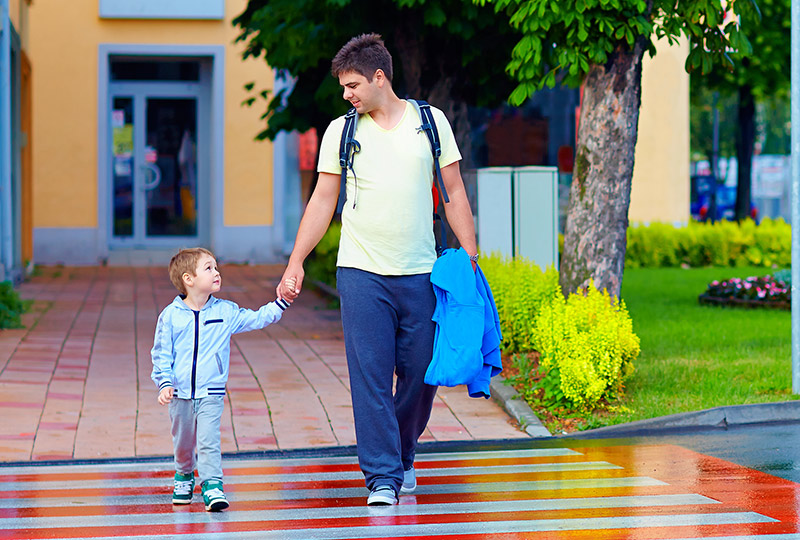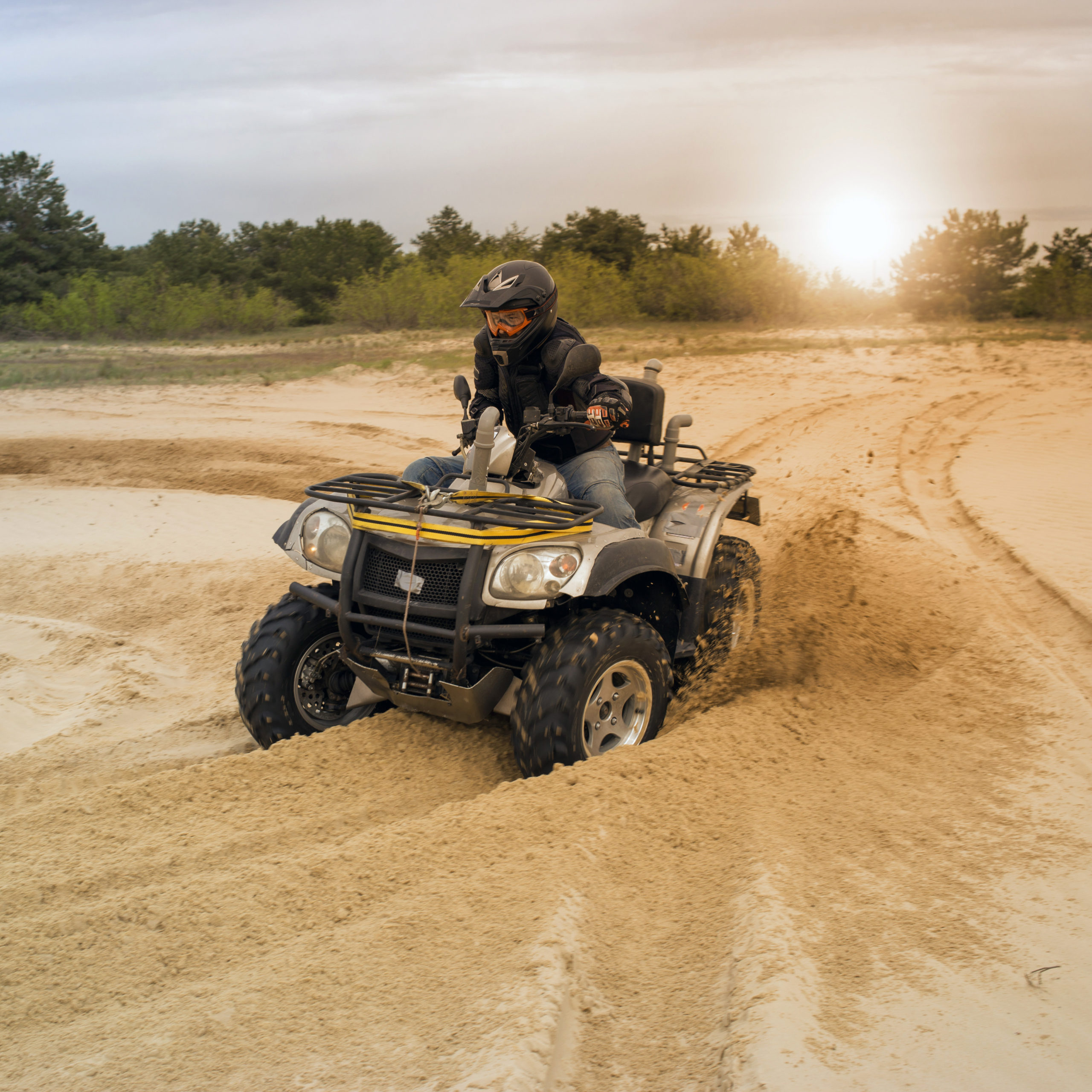Child-pedestrian incidents can happen as kids go back to school. Here’s how to keep everyone safe.
With some schools already open, and others opening soon, adults and students need to be on alert for increased foot traffic, to keep everybody safe.
An expert at Monroe Carell Jr. Children’s Hospital at Vanderbilt points out ways to prevent injuries among children walking to and from school. Stacey Pecenka, manager of the Pediatric Trauma Injury Prevention Program at Monroe Carell, said it is especially important for drivers and pedestrians to avoid becoming distracted.
Traffic collisions are the top cause of death in the U.S. for children ages 5 to 19, according to Safe Kids Worldwide. In 2021, for example, pedestrian injuries just among children up to age 14 included 178 nonfatal and 7 fatal injuries – per week.
Tennessee’s Hands Free law, which took effect in 2019, forbids people from holding or touching their cellphones, and writing, reading or sending any texts while driving. (The law includes more details beyond these rules.) But pedestrians as well as drivers need to be alert, Pecenka said. Plenty of people – children and adults – walk while texting, not paying attention to their surroundings.
Drivers must obey traffic laws and should be especially attentive in school zones. It’s also important to follow the student drop-off and pickup processes set by the school. They’re set up with safety and efficiency in mind; shortcutting them to make your trip faster undermines safety on the school campus. Keep in mind, also, that roads around schools tend to have heavy traffic at drop-off and pickup times, so arrive promptly and be patient.
Drivers and pedestrians should also be aware of children on bicycles heading to and from school. Vehicle-bicycle collisions can cause terrible injuries for the cyclist. Keep eyes on the road and the bike lanes.
Parents should talk with their children about being safe pedestrians, Pecenka said. Walkers should keep focus on their surroundings, not on their phones; they should put away phones and headphones until they reach their destinations. It’s especially important to put away ear buds when crossing the street, to be able to hear oncoming traffic.
The American Academy of Pediatrics offers the following tips for traveling to and from school:
School bus riders
- Children should always board and exit the bus at locations that provide safe access to the bus or to the school building.
- Remind your child to wait for the bus to stop before approaching it from the curb.
- Make sure your child walks where she can see the bus driver (which means the driver will be able to see her, too).
- Remind your student to look both ways to see that no other traffic is coming before crossing the street to the bus, in case traffic does not stop.
Bike riders
- Always wear a bicycle helmet, no matter how short or long the ride.
- Ride on the right, in the same direction as auto traffic. Ride in bike lanes if they are present.
- Wear bright-colored clothing to increase visibility. White or light-colored clothing and reflective gear is especially important in the dark.
- If possible, practice the bike route to school before the first day, to be sure your child can manage it.
Walking to school
- Children are generally ready to start walking to school at 9 to 11 years of age.
- Make sure your child’s walk to school is a safe route.
- Children who are walking, like cyclists, should wear bright clothing. Dark clothing, especially early in the morning or in the evening, makes it hard for drivers to see pedestrians.
- Be realistic about your child’s pedestrian skills. Because small children are impulsive and less cautious around traffic, carefully consider whether your child is ready to walk to school without adult supervision.
- If your child will need to cross a street on the way to school, practice safe street crossing with them before the start of school.




